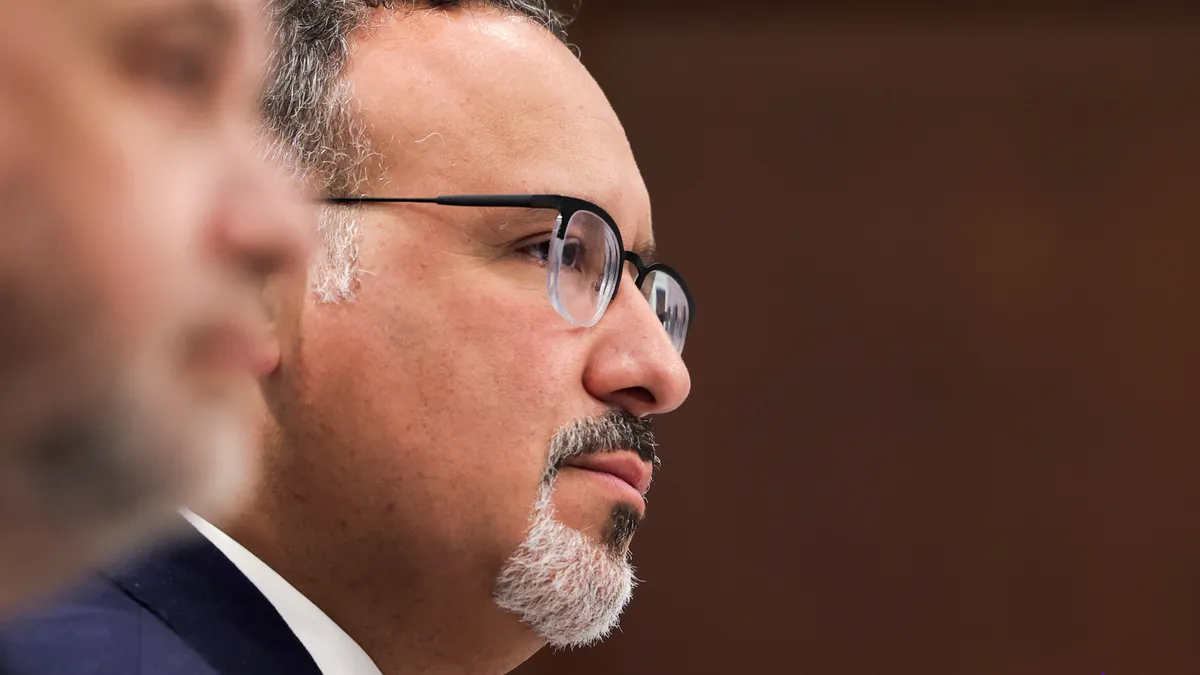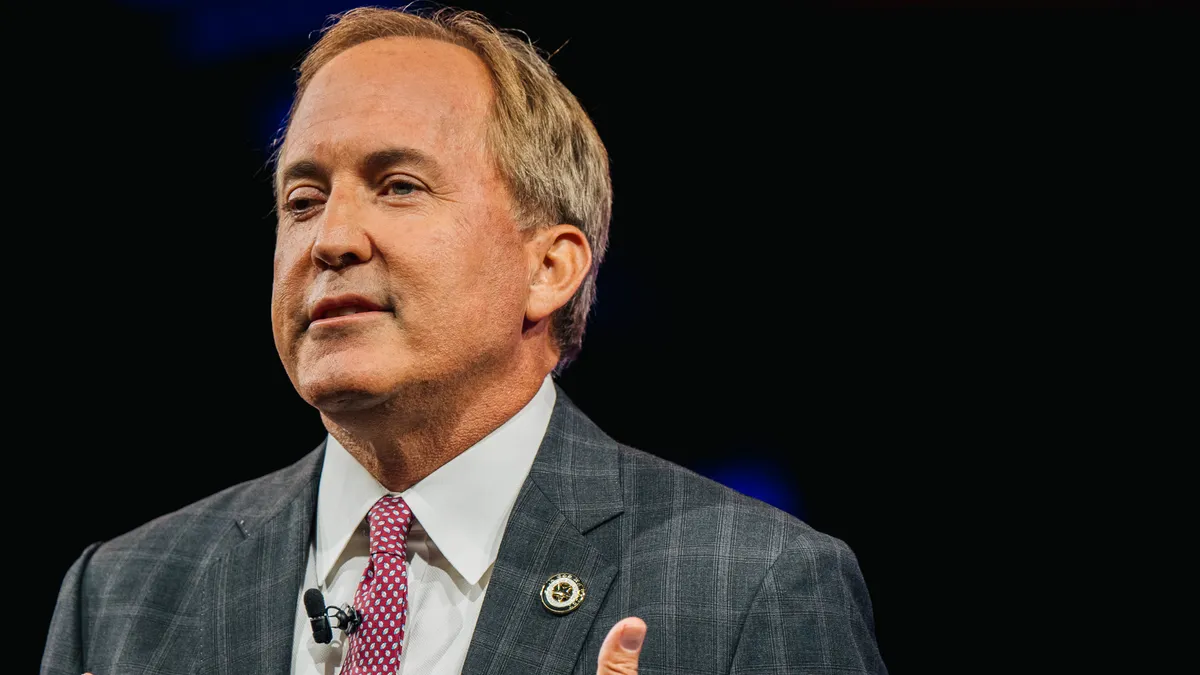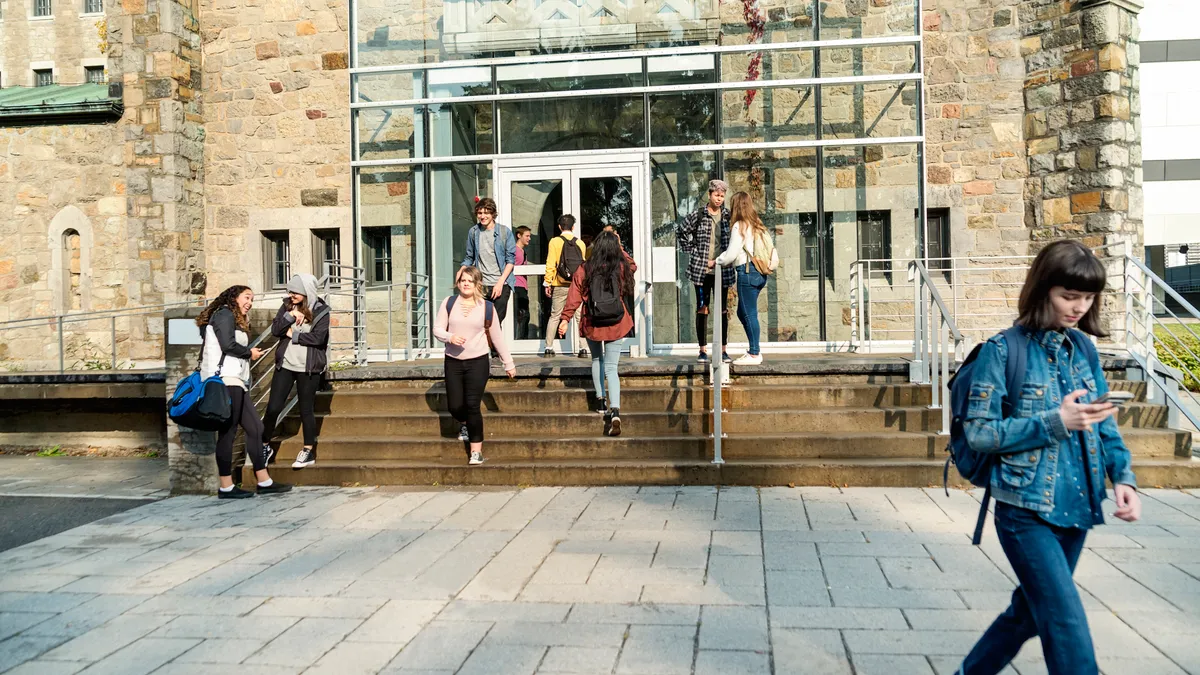Just after Decision Day this spring, when all admitted students were supposed to have let their chosen schools know they’d be attending in the fall, more than 220 colleges and universities were on a list of institutions with openings for enrollment, aid, and housing. That’s a reflection of the current state of the industry.
Several polls in recent years have discovered a growing number of colleges and universities missing admissions targets by May 1. College admissions officers are admitting greater anxiety over the numbers.
To some extent, the fight for students can be attributed to greater competition in the higher education marketplace. There are many more options than simply enrolling in a local community college or a four-year institution. Also, though, are the demographic changes that have caught schools by surprise even though they have been nearly two decades in the making. There are fewer high school graduates to recruit, and projections show continued losses for years to come.
Richard Kennedy, a higher education consultant and researcher, said many in higher ed seem to have not planned for the demographic changes.
“Everyone always thinks optimistically and I think a lot of schools thought they would get more than their share,” Kennedy said.
Kennedy works for a startup called Global Student Recruiting Services Inc., which formed to fill an opening in the marketplace created by the “perfect storm” of U.S. demographic changes, low state-level investment in higher education, and the consequences of a development boom on campuses that capitalized on low interest rates for borrowing. Many schools have flashy new buildings and amenities that they’re struggling to find students to fill.
Global Student Recruiting Services aims to help colleges and universities meet recruitment targets by turning abroad, accessing under-tapped countries and finding niche markets. One challenge is the fact that Australia, New Zealand, the United Kingdom, and Canada are also stepping up their international recruitment efforts, according to Kennedy. Global Student Recruiting has so far focused most of its energy on developing connections in India, the Middle East, and China to forge recruitment pathways.
Chinese students by far lead the pack when it comes to total international students. According to the Institute for International Education, Chinese students make up 31% of international students studying at U.S. institutions. Indian students follow with about 12% of the total, and South Koreans add almost 8%. Three countries, then, are responsible for half of the nation's entire international student population.
For decades these students entered the United States primarily for graduate school. Now, many are coming for undergrad, supported by their parents’ ability and willingness to pay full tuition. This has created a recruitment incentive for colleges not only concerned with enrollment targets but budget needs.
When it comes to successfully attracting international students, Kennedy recommends institutions start by selecting a target market, whether that is students for a particular program or from a particular country. Targeted recruitment is more successful than scattershot marketing. From there, schools must differentiate themselves and make contacts in foreign countries to develop pipelines to their programs. Administrators should be wary when making these contacts, however.
“There are a lot of fly-by-nighters,” Kennedy said.
Once colleges get international students through their doors, Tara Tiantian Cheng says colleges and universities have significant room for improvement when it comes to career services. Cheng founded AIE International Inc. to help the next generation of students interested in studying in the United States. She came from China to study at the University of Southern California as an undergrad. Most of her clients are from mainland China, but she also works with prospective students from Hong Kong, Taiwan, South Korea, and Qatar.
“Every university has a good career services office but they just mix everything together,” Cheng said. “International students are facing unique challenges in job-seeking.”
For one, they have to navigate visa processes and find an employer willing to sponsor them. These graduates also need to navigate a hiring process bound by cultural norms that are not their own.
Ultimately, the good news is that improving career services can be a two-fer. It allows colleges and universities to better serve current and former students while creating a recruitment tool for those sought-after high school grads.
Would you like to see more education news like this in your inbox on a daily basis? Subscribe to our Education Dive email newsletter! You may also want to read Education Dive's primer on the reauthorization of the Higher Education Act.

















